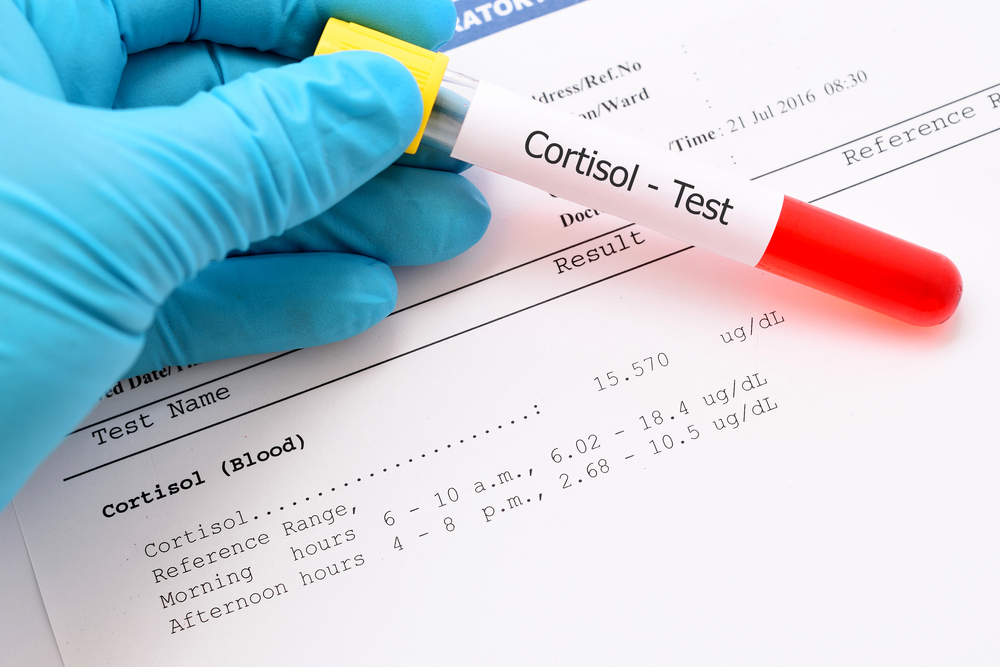Medical Treatments May Be Effective and Safe Way to Lower Cortisol in Cushing’s Patients, Study Reports
Written by |

Medical treatment appears to be an effective and safe way to normalize cortisol levels in patients with Cushing’s syndrome, and may be a treatment option, a review study reports.
The research, “Effectiveness of medical treatment for Cushing’s syndrome: a systematic review and meta-analysis,” appeared in the journal Pituitary.
Cushing’s syndrome, caused by tumors in the pituitary gland, adrenal gland or elsewhere, is generally treated by removing the underlying tumors.
However, medical treatment has been increasingly used in patients who cannot undergo surgery, in cases of recurrent disease, or to control the production of cortisol before surgery or radiotherapy. Choice of medications varies by country and by the syndrome’s underlying cause.
To summarize the effectiveness of all medical treatments, scientists at the Leiden University Medical Center in The Netherlands conducted a systematic review of the literature and a meta-analysis, a type of analysis combining the results of multiple studies.
Medications included ketoconazole, Metopirone (metyrapone), Lysodren (mitotane), cabergoline, Signifor (pasireotide), and Korlym (mifepristone).
Specifically, the scientists searched eight online databases to analyze differences in cortisol secretion, improvement of clinical symptoms, quality of life, and side effects.
Thirty-five studies with a total of 1,520 patients were included in the meta-analysis. The studies were published between 1971 and 2017. Eighteen were on pituitary Cushing’s disease only, two on ectopic Cushing’s syndrome only, and 15 on CS due to various underlying causes. Ectopic Cushing’s refers for non-pituitary tumors producing excess adrenocorticotropic hormone (ACTH).
Most study participants had Cushing’s disease. Among them, the percentage of patients with normalized cortisol levels ranged from 81.8% with Lysodren (used by 173 patients) to 35.7% with cabergoline (70 patients). Stand-alone therapy led to poorer cortisol normalization than multiple therapies (49.4% vs. 65.7%). This percentage was higher in cases with simultaneous or prior radiotherapy (83.6%).
Although differences between the various disease types were small, patients with ectopic Cushing’s syndrome showed better normalization of cortisol levels than those in other Cushing’s categories. But the investigators cautioned that the limited amount of data on this disease form renders this finding unreliable.
Mild side effects were reported in 39.9% of patients, with the highest percentage reported for Lysodren (68.5%) and the lowest for cabergoline (24.0%). Severe side effects leading to therapy adjustment or withdrawal occurred in 15.2%, also with Lysodren being associated with the highest rate (28.4%) and cabergoline with the lowest (4.8%).
Importantly, the results indicate that better cortisol normalization correlates with a higher incidence of side effects, and vice-versa. The scientists suggested this may mean that commonly used dosages may not be optimal. However, as Lysodren and Metopirone – which led to high cortisol normalization – are often combined with radiotherapy, results of effectiveness and side effects may be overestimated, they said.
Of note, analyses of clinical symptom improvement or quality of life were precluded by a lack of sufficient data.
“These results suggest that medical therapy can be considered a reasonable treatment alternative to the first choice surgical treatment when regarding treatment effectiveness and side effects,” the researchers wrote.
“Medical treatment for Cushing’s disease patients is thus a reasonable option in case of a contraindication for surgery, a recurrence, or in patients choosing not to have surgery.





